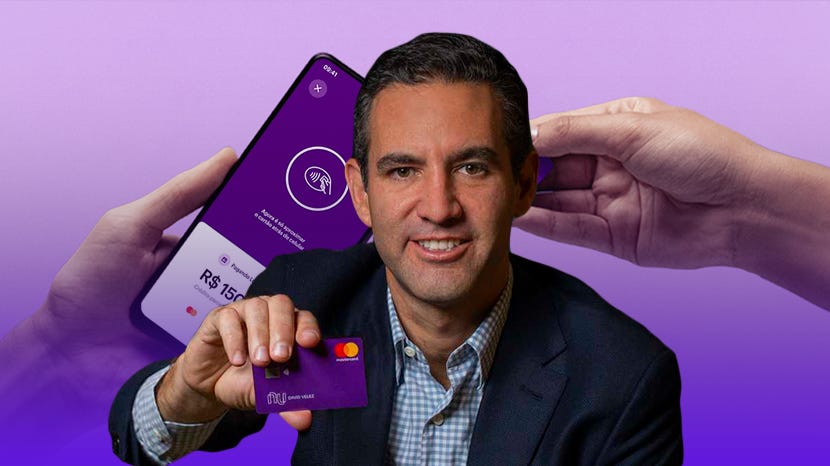Is Mercado Libre a threat?
Nu. Serving the Underserved! Equity Research! Part 2/3
Welcome to the Part 2 of Nu Deep Dive!
In Part 1 we explored how Nu came to be and how this fast-growing Brazilian fintech makes money! (Read Below)
Today we are exploring Nu’s competition and taking a look at what risks the company must juggle operating a bank in volatile emerging markets!
Let’s take a look!
1. Competition
2. Risks
3. Part 3
1. Competition
Latin America has favorable competitive dynamics for Nu, as there are fewer legacy banks and fintechs than in Europe or the US.
However, financial services is one of the world’s most profitable industries, thus it’s not a surprise that many players are willing to take a swing.



